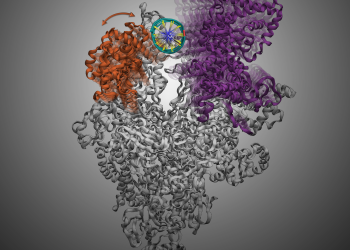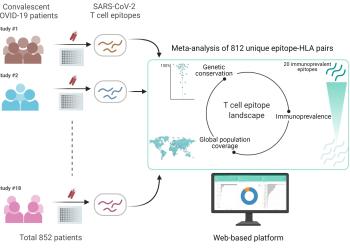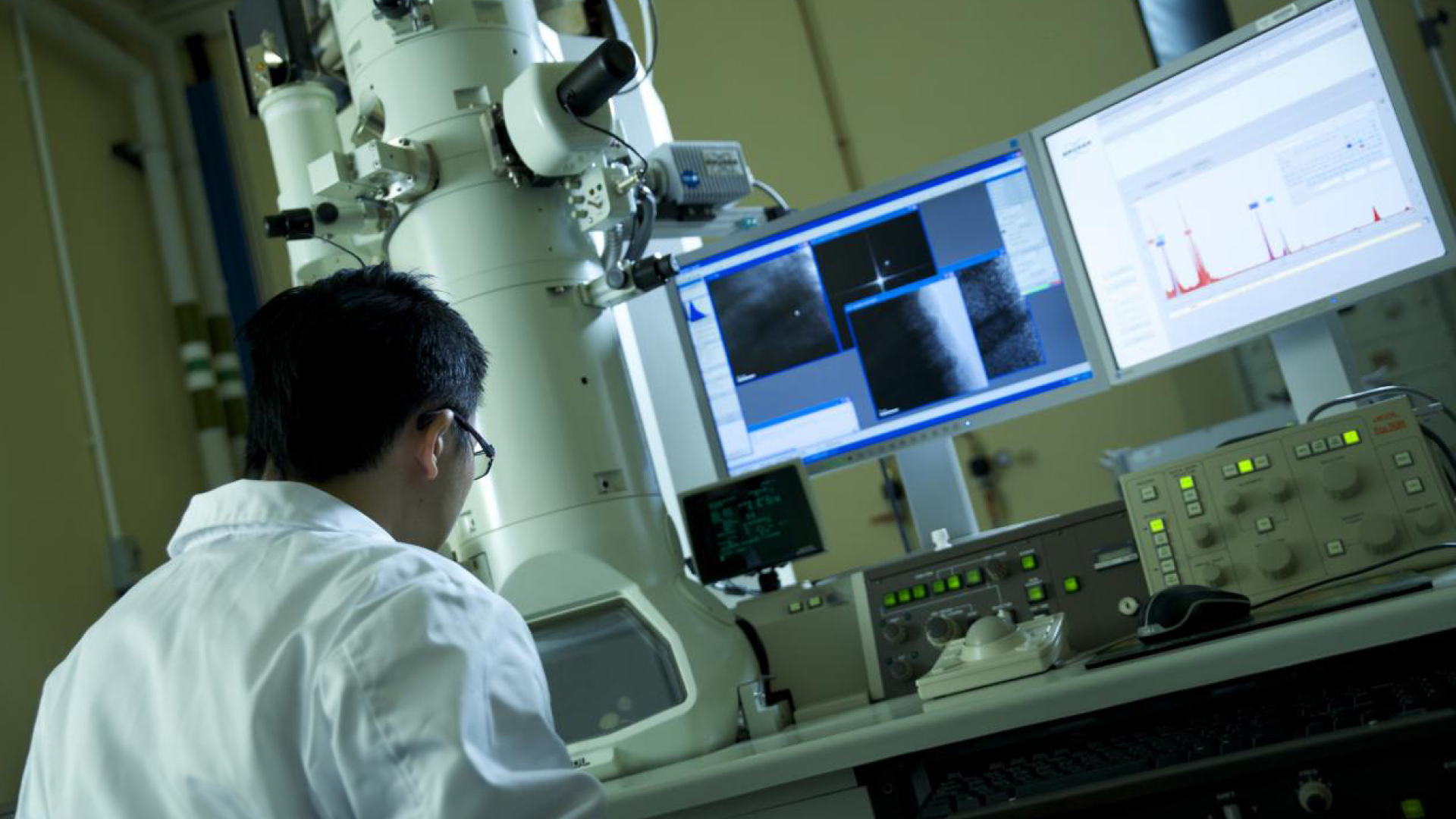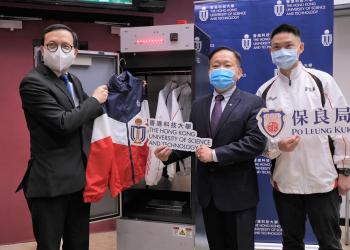News & Stories
2021

News
HKUST Scientists Discover How Antibiotics Target Bacterial RNAP to Inhibit Its Gene Transcription
A group of researchers at the Hong Kong University of Science and Technology (HKUST) has uncovered the mechanism of how DNA is being melted to start bacterial gene transcription and how one class of antibiotics inhibits this process – an important way in killing bacteria. This discovery provides useful insight on the development of new antibiotics for bacteria that is antimicrobial resistance.

News
HKUST's Meta-analysis Shows SARS-CoV-2 Variants Unlikely to Affect T Cell Responses
In a new study, scientists at The Hong Kong University of Science and Technology (HKUST) have revealed that most T cell epitopes known to be targeted upon natural infection are seemingly unaffected by current SARS-CoV-2 variants.
In their latest research, the team compiled and analysed data from 18 immunological studies of T cell responses involving over 850 recovered COVID-19 patients from across four continents who are well-distributed in age, gender, disease severity and blood collection time. They demonstrated that T cells in these patients targeted fragments (epitopes) of almost all of the virus' proteins, including the spike protein that is a main target of many existing vaccines. As an important finding, based on analysis of over 850,000 SARS-CoV-2 genetic sequences from around the world, most of these epitopes appeared to be unaffected by the current variants of concern.

News
HKUST Researchers Develop a Novel Raman Spectroscopy Platform to Characterize Intrinsically Disordered Proteins in Dilute Solution
It is challenging to analyze proteins at low concentrations, especially for those in a mixture of various conformations such as intrinsically disordered proteins (IDPs). A research team led by Prof. HUANG Jinqing, Assistant Professor of Department of Chemistry at The Hong Kong University of Science and Technology (HKUST), has developed optical tweezers-coupled Raman spectroscopy that can directly probe the structural features of alpha-synuclein, an IDP closely linked to Parkinson’s disease, at the physiological concentration by focusing on individual protein molecules.

News
Active Liquid Crystal Systems Examined in Search of Autonomous Materials Systems
Liquid Crystals (LC) are widely deployed in display technology and optical fibres. From smartphones in your pockets to large screen TVs, LCs are everywhere, as this special state of matter has been found in colorful soap bubbles as well as certain living tissues.

News
COVID testing science and ingenuity goes mobile
Rapid and accurate communitywide detection is crucial in curbing COVID outbreaks. While the Government has been busy expanding Hong Kong’s overall testing capacity, HKUST recently took the initiative of putting concerned students and staff members’ minds at ease by offering a convenient, on-campus testing service.









